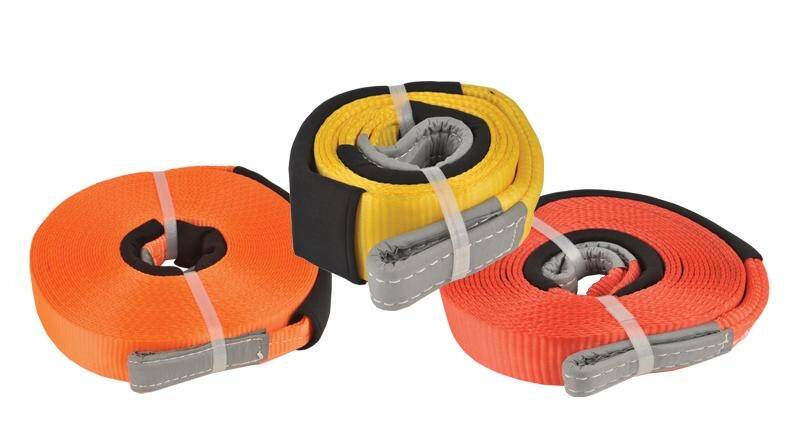Email format error
Email cannot be empty
Email already exists
6-20 characters(letters plus numbers only)
The password is inconsistent
Email format error
Email cannot be empty
Email does not exist
6-20 characters(letters plus numbers only)
The password is inconsistent


When you head off-road, whether for adventure or to reach a remote destination, one thing is essential: safety. Off-roading is thrilling. However, it can be risky if you’re not prepared. The terrain is unpredictable. Your vehicle can easily get stuck, especially in muddy, sandy, or rocky conditions. One of the most valuable tools for any 4WD enthusiast is the snatch strap. It is simple but powerful. It helps recover a vehicle when it's stuck. As a leading 4WD snatch strap manufacturer, we understand how critical this equipment is. It ensures your off-roading trips are safe and successful. Let’s explore what a snatch strap is. We’ll also explain why it’s essential. Finally, we’ll show how to choose the best one for your needs.
What Is a 4WD Snatch Strap?
A 4WD snatch strap is a heavy-duty recovery strap. It is designed to help recover a stuck 4WD vehicle. Unlike a regular tow rope, which pulls a vehicle from a stationary position, a snatch strap uses the kinetic energy of the towing vehicle. It "snatches" or pulls the stuck vehicle free. This dynamic process is key to its effectiveness. When the snatch strap stretches and releases, its elastic properties create a pulling force. This force dislodges a vehicle that is bogged down, especially in deep mud or sand.
Made from high-strength polyester, these straps can handle the weight and tension of off-road recoveries. Snatch straps come in various lengths and strengths. Higher-quality versions are designed for extreme off-road conditions. The right strap depends on your vehicle’s weight, the type of terrain, and your recovery needs.

Why Is a Snatch Strap Important for 4WD Vehicles?
Off-roading takes you through tough and challenging terrains. These include sandy dunes, slippery mud pits, and rocky trails. Getting stuck is common. This is where a snatch strap becomes essential. Here's why:
How Does a Snatch Strap Work?
The snatch strap works based on its unique elasticity. Here’s how it works:
This process is more effective than pulling a stuck vehicle with a rigid tow rope. The jerking motion creates the necessary force to free a vehicle lodged in tough conditions. However, it’s important to use the strap correctly to avoid injury or damage.
Choosing the Right Snatch Strap
When shopping for a snatch strap, several factors need to be considered. A reputable 4WD snatch strap manufacturer can guide your decision. Here are the key considerations:
How to Use a 4WD Snatch Strap Safely
Using a snatch strap might seem simple. However, there are important safety tips to follow to ensure recovery is both successful and safe.
Conclusion
A 4WD snatch strap is essential for anyone who enjoys off-roading. It provides a reliable, efficient, and safe way to recover a stuck vehicle. As a 4WD snatch strap manufacturer, we understand the importance of quality and durability. That’s why we ensure our snatch straps meet the highest standards. Whether you're an experienced off-roader or a beginner, having the right snatch strap is crucial for a successful recovery. So, next time you hit the trail, ensure you have this simple but powerful tool in your kit. Getting stuck is part of the adventure, but getting out should be easy with the right equipment!